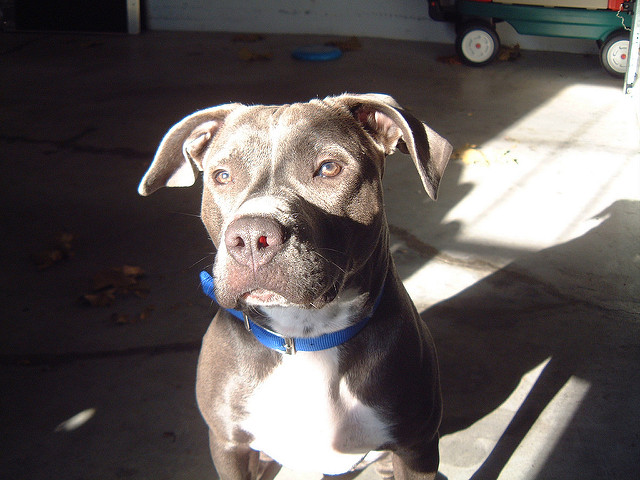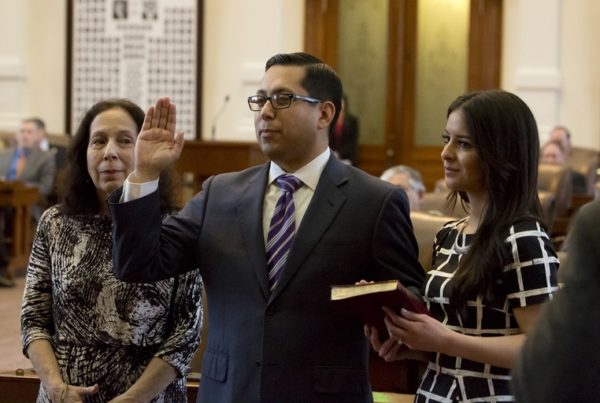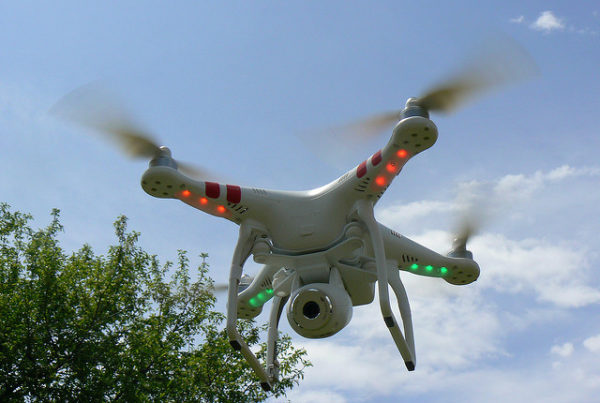People have long talked about Dallas’ stray dog problem – the rising number of bites and maulings.
But hard facts have been few, until now. Mayor Mike Rawlings calls the just-released study by Boston Consulting Group “one of the most important documents” he’s received as Dallas’ mayor.
Peter Brodsky, chairman of the Dallas Animal Advisory Commission, helped raise funds for the study. He says that before the study, nobody could agree on what to do about the problem.
“The fundamental issue in the Dallas animal community, and in the debate over the dog issue, is that nobody could really agree on even a set of facts or set of priorities,” Brodsky says. “People couldn’t even agree on whether or not there was a problem. So the first purpose of the study was to establish a baseline set of facts that everyone can agree too.”
The study estimatedDallas has roughly 8,700 stray dogs and nearly all of them were in lower-income parts of the city.
“Dallas is very divided into North Dallas and southern Dallas,” Brodsky says. “North Dallas is more affluent, southern Dallas is less affluent. In southern Dallas, there’s 8,700 dogs. In North Dallas there was statistically no stray dogs.”
He says that a large part of the problem is owners not spaying or neutering their dogs, or allowing to roam free around the neighborhood. The dogs can be aggressive, and even deadly. Earlier this year, six dogs attacked and killed 52-year-old Antoinette Brown. Brodsky says that fixing the dog problem in southern Dallas is a “social justice issue.”
“If you’re afraid to go to work, afraid to go to school, afraid to use the parks, afraid to let your children play in the front yard,” he says, “then that really impedes on a fundamental quality of life that all citizens have a right to have.”

















